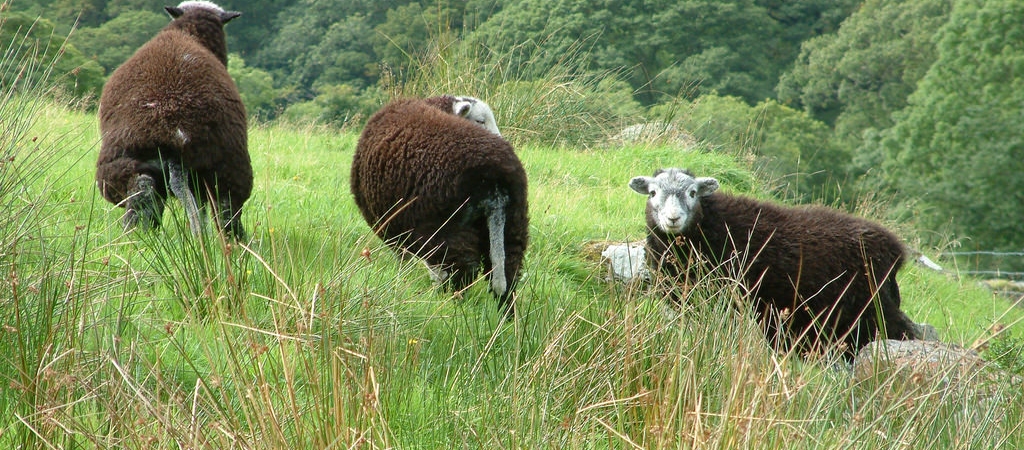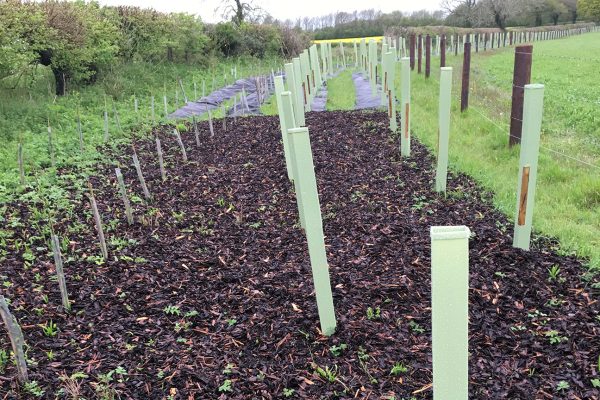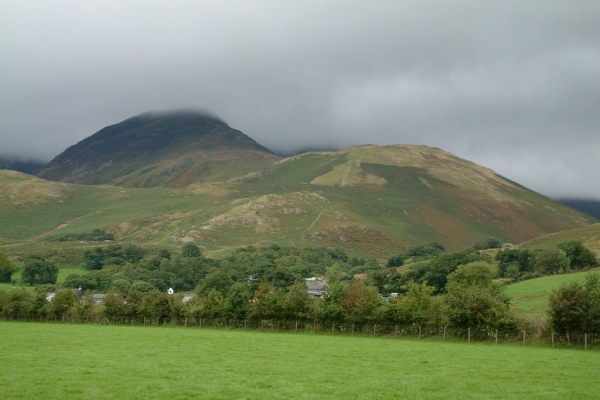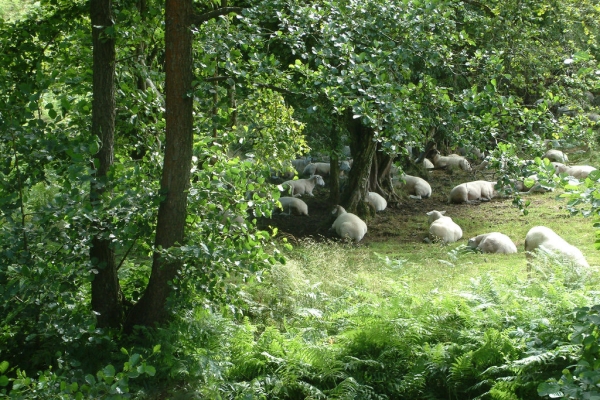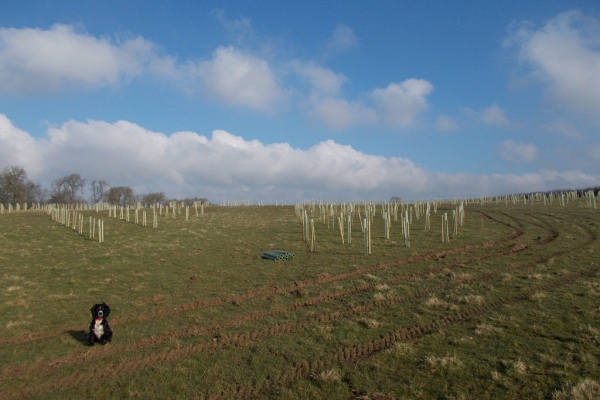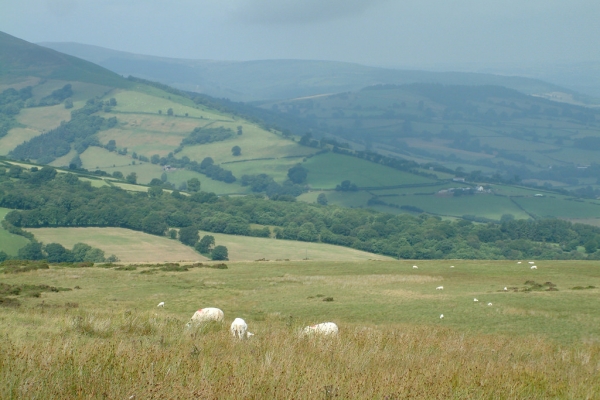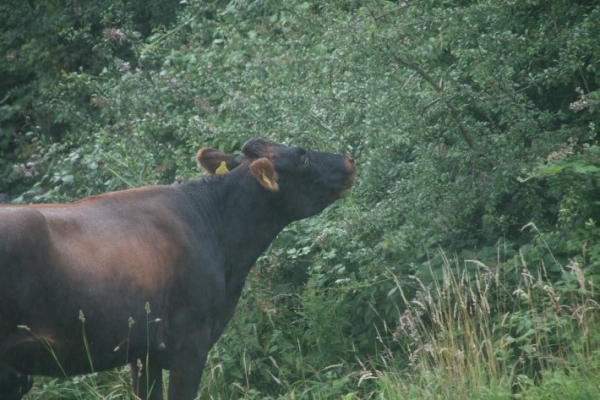Shelter boosts lamb survival rate – planting trees to benefit sheep farming
Case Study
Resource explained
Upland hill farming at high altitudes can bring its own set of challenges such as lack of shelter and protection for newborn lambs. This Woodland Trust case study describes Cumbrian sheep farmer David Noble’s experience of planting trees on his farm to help provide his sheep with shelter from the elements in winter, and shade in summer, improving flock welfare. It details the planting system he put in place in collaboration with the Woodland Trust and the many benefits he hoped to achieve from it, such as reduced lamb neonatal loss, water pollution and poaching, and helping to stabilise beck banks on lower lying pastures and create new habitats for wildlife. This case study shows that when planted strategically, even small scale tree planting can have numerous benefits.
Findings & recommendations
- Tree planting and hedgerow restoration need not be large scale or expensive; small tactical schemes can bring you significant benefits.
- Strategically planted shelterbelts can improve the welfare of your livestock and your finances! They can help reduce cases of hypothermia and neo-natal deaths.
- Low shrubs around field edges can protect livestock, while taller trees can provide shade in the summer and help channel wind and prevent vortex effects.
- It is important to choose trees appropriate to the site conditions.
- Planting along riverbanks can reduce the risk of pollution entering watercourses and improve water quality and wildlife. It can also help reinforce banks, reducing run-off and the potential of livestock poaching.
- Repairing and replanting old hedgerows can help with your stock management through providing improved shelter and shade.
- Incorporating trees on your land can help you meet various Cross Compliance requirements.
